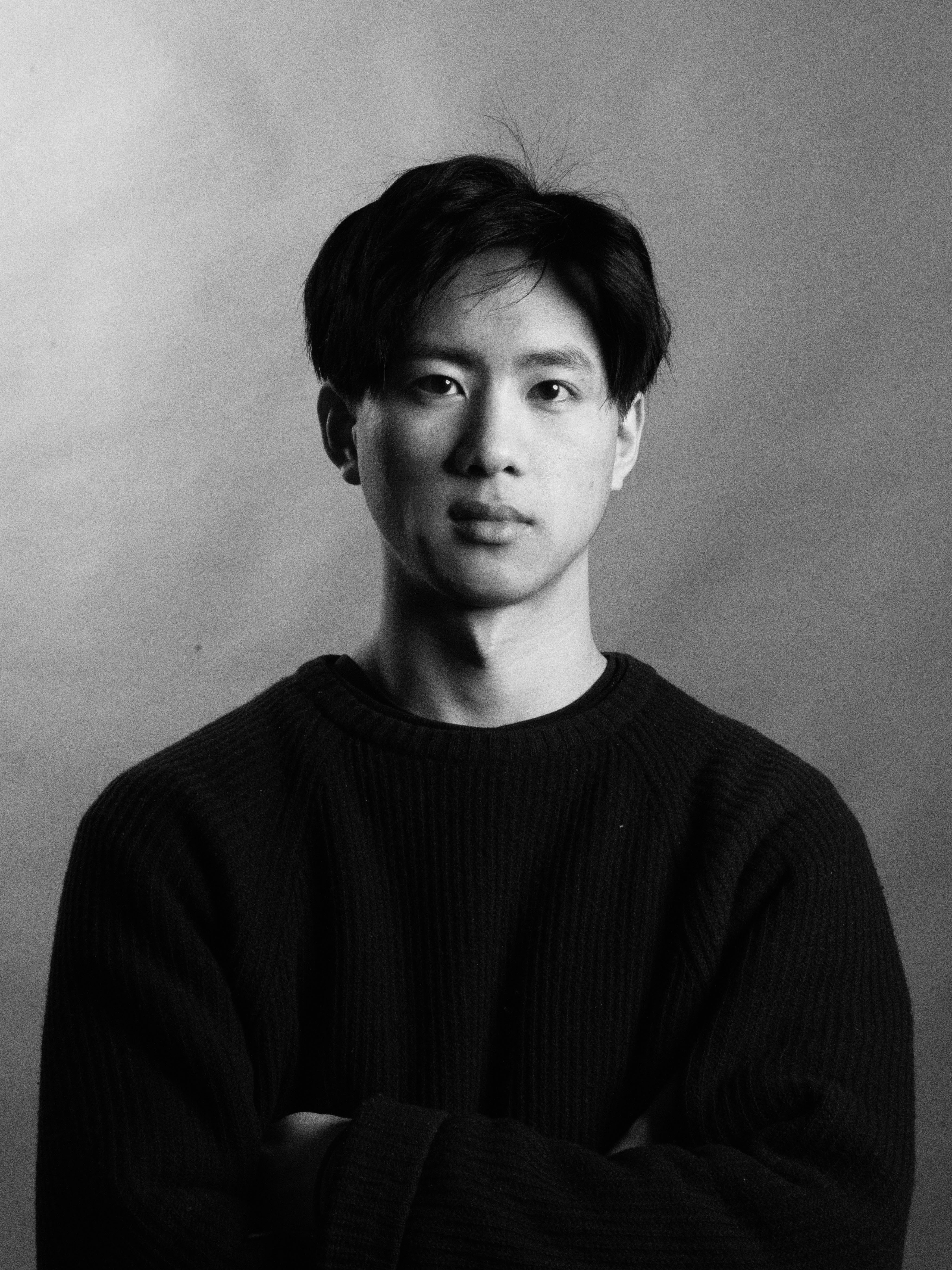What it does
Nulla is a wearable sleeve that captures microplastics and toxic dust released during sanding and scraping. It solves the problem of invisible pollution in paint maintenance without disrupting workers’ speed, mobility, or workflow.
Your inspiration
The idea sparked during a visit to a housing estate, where I saw decorators scraping paint without any dust control. They admitted skipping vacuums and dust sheets because they were bulky, rigid, or slowed them down. I researched and discovered that architectural paint maintenance contributes up to 164,000 tonnes of microplastics globally each year, with a single worker releasing around 48 tablespoons daily. Shocked by this overlooked issue and the outdated tools available, I aimed to create a solution that seamlessly fits into a decorator’s workflow—capturing harmful dust using the very motions and airflow patterns that generate it.
How it works
Nulla is a wearable electrostatic sleeve designed to capture toxic paint dust during sanding and scraping—the most polluting phase of architectural paint maintenance. It features a low-voltage electrostatic plate on the back of the hand, placed where airflow naturally recirculates during movement. As decorators sand or scrape, paint particles become airborne and tribo-electrically charged through friction. These charged microplastics are drawn into the low-pressure wake zone created behind the moving hand, where they are passively attracted and captured by the charged plate—directly at the source. Once enough dust has accumulated, the user simply inserts their hand into a waist-mounted pouch. This triggers a high-frequency vibration motor in the sleeve, dislodging the collected dust into a filter for safe disposal—hands-free, hygienic, and without interrupting workflow. Nulla transforms routine motion into real-time air purification.
Design process
The idea began after observing decorators scraping paint without any dust control. Interviews revealed that vacuums, sheets, and gloves were avoided for being bulky, slowing work, or restricting movement. I studied the aerodynamics of hand motion using CFD analysis and found a low-pressure wake behind the hand—ideal for passive particle capture. Early prototypes focused on electrostatic collection. I tested plate spacing and optimized it to 1.5 cm with smooth edges to prevent ionization and ozone release. Among four plate surface types, a corrugated form captured the most dust due to greater surface area. User feedback led me to switch from glove-based designs to a back-of-hand sleeve, preserving grip and dexterity. I embedded the microcontroller, high-voltage converter, and battery into a compact waist unit. A vibration motor was added to dislodge dust into a pouch automatically. Over eight user tests confirmed comfort, wearability, and demand—especially if 50% or more of dust was captured. Functional tests showed Nulla captured 0.06 g/min—about 52% of total dust. The final prototype is wearable, cordless, ergonomic, and integrates seamlessly into real workflows. Next steps include PM2.5 testing, advanced filtration development, and scaling for wider industry use.
How it is different
Nulla is the first wearable electrostatic dust-capturing device designed for decorators, enabling hands-free, real-time microplastic capture without disrupting workflow. Unlike bulky vacuums or dust sheets that limit mobility, Nulla works with the painter’s natural hand motion. By harnessing the low-pressure airflow behind the hand during sanding and scraping, it passively draws in airborne microplastics and traps them using a charged plate. Instead of gloves that reduce grip, Nulla’s back-of-hand sleeve preserves full dexterity. It features a touchless disposal system: inserting the hand into the waist pouch auto-triggers a vibration motor to release captured dust into a sealed filter—no downtime, no mess. Battery-powered and cordless, it fits seamlessly into existing routines and encourages use by being unnoticeably present. Nulla transforms sanding from a polluting task into a cleaner, safer process—for both workers and the air they breathe.
Future plans
Next, I aim to refine Nulla’s performance through PM2.5 testing and long-term field trials with decorators to optimize usability and effectiveness. I plan to integrate recyclable materials, enhance battery life, and scale up production for pilot deployment with renovation firms. On the business front, I’ll explore partnerships with PPE suppliers and sustainability-conscious building contractors. Ultimately, I hope Nulla becomes a new industry standard—minimizing microplastic pollution, improving worker safety, and redefining dust control in a way that’s effortless, scalable, and impactful.
Awards
N/A



Connect